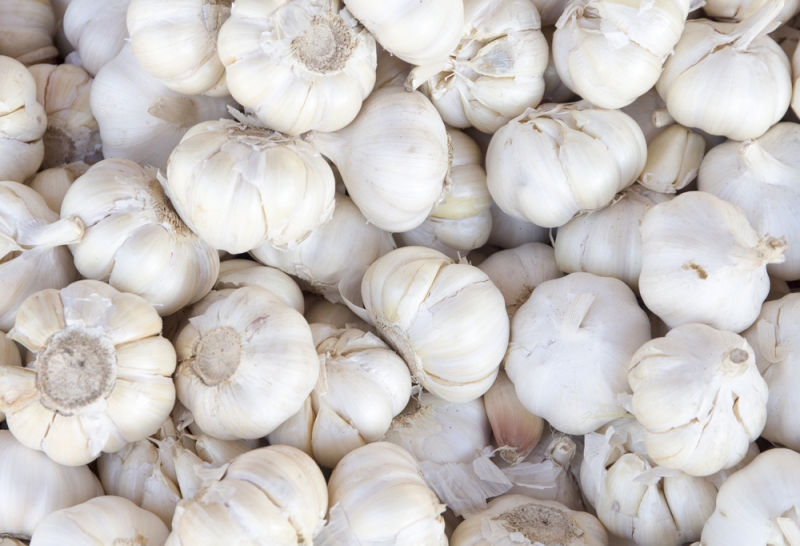For centuries, garlic (Allium savitum) has been studied for its health benefits and is considered one of the best foods in the Mediterranean diet.
Preclinical and clinical studies have shown that daily garlic supplementation reduces cholesterol, inhibits platelet aggregation and lowers blood pressure. Garlic has also been shown to improve vascular function and its impact on heart health appears to be primarily due to the active metabolite allicin and its breakdown into organic polysulphides that readily interact with thiol groups, or thiol-containing compounds such as glutathione, found in biological systems to generate free hydrogen sulphide.
Free hydrogen sulphide, which is very similar to nitric oxide (NO), is an endogenously produced gaseous signalling molecule that plays a critical role in many physiological processes and has been documented to exert cytoprotective actions in various models of cardiovascular disease.
However, the cardioprotective effects of garlic are largely determined by the method of preparation: intact raw garlic bulbs, although composed of 65% water, contain high amounts of γ-glutamylcysteine, which can undergo hydrolysis or oxidation to form alliin, but destruction of the bulb by crushing, cutting or ingestion results in activation of the enzyme allinase, promoting conversion to the active metabolite allicin, an extremely unstable and odourless compound that readily decomposes into polysulphides.
If the garlic clove is dehydrated and pulverised, it has a composition identical to raw garlic that can produce the biologically active allicin and its metabolites. Aged garlic extract, sold in dry or liquid form, has a higher antioxidant capacity than fresh and dried garlic and the ageing process also changes the aggressive and irritating components present in raw garlic, but it contains no allicin, only two polysulphides.
The differences in preparation are the first explanation for the inconsistencies underlying the preclinical and clinical studies since 2000 on plasma concentrations of total cholesterol, Ldl cholesterol and Tg in response to daily garlic therapy.
However, a systematic review and meta-analysis published earlier this year on the effect of garlic on lipid profile and glucose parameters in diabetic patients concluded that this nutrient can reduce lipid profile and glucose parameters and be therapeutically effective in patients with cardiovascular disease and diabetes.
There are limited preclinical studies that have examined the mechanisms of inhibition of platelet activation and two clinical studies have shown that garlic inhibits platelet activation in normal healthy subjects following a daily regimen of aged garlic.
Garlic supplements have been shown to have an effect on reducing blood pressure in hypertensive patients in as little as 4 weeks and garlic may also be of interest as a preventive measure: asymptomatic firefighters with high occupational stress took aged garlic every day for a year and showed an improvement in vascular elasticity and endothelial function.
It should be noted that there is no standard intake of raw garlic and in the most recent clinical studies the actual daily dosage of garlic powder ranged from 150 to 2,400 mg, while aged garlic formulas ranged from 0.25 to 7.2 g/day. Although there is much evidence to support the link between garlic and cardioprotection, the precise mechanism(s) by which garlic acts remain largely uninvestigated.
Bibliography
The effect of garlic on lipid profile and glucose parameters in diabetic patients: a systematic review and meta-analysis. Prim Care Diabetes. 2019 Feb;13(1):28-42.
A mini review: garlic extract and vascular diseases. Neurol Res. 2018 Jun;40(6):421-425.
Garlic for cardiovascular disease: prevention or treatment? Curr Pharm Des. 2017;23(7):1028-1041
Garlic-derived organic polysulfides and myocardial protection. J Nutr. 2016 Feb;146(2):403S-409S.

